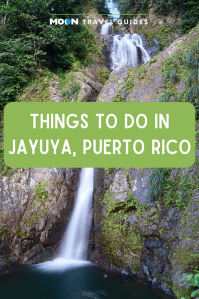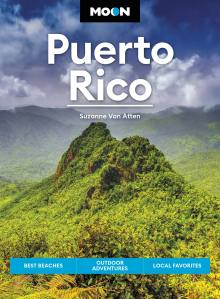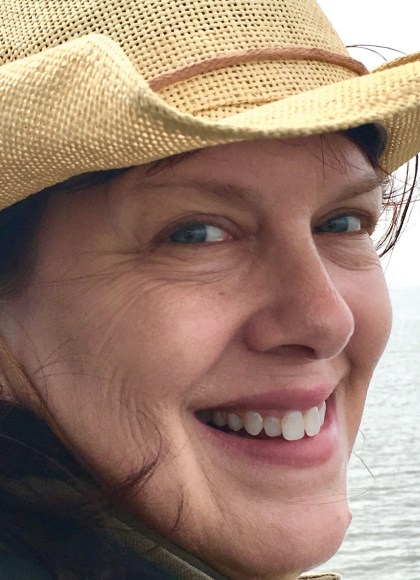Mountain Scenery and Taíno Culture in Jayuya, Puerto Rico
Surrounding the central town of Jayuya in Puerto Rico is gorgeous mountain scenery, home to some of the highest peaks on the island, where it’s possible to see both the Atlantic Ocean and the Caribbean Sea, as well as vegetation thick with sierra palms, bamboo, banana trees, and brilliantly colorful impatiens. This is also the place to get a glimpse of vestiges of Taíno culture in the environment where it once had deep roots.
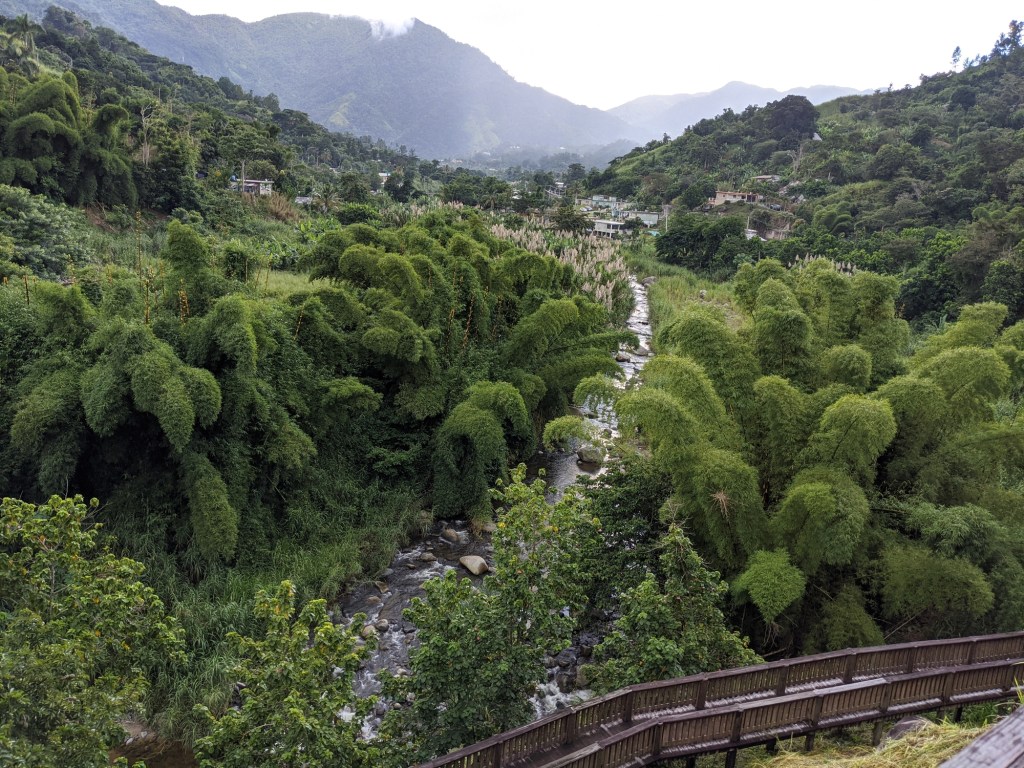
Sights
Cacique Jayuya Monument/La Tumba del Indio
Jayuya’s Taíno ancestry is memorialized by the Cacique Jayuya Monument, also known as La Tumba del Indio. This magnificent, life-sized stone bust of the great Taíno leader Hayuya was carved by Puerto Rican sculptor Juan Batista. The statue is in a plaza at the top of a stairway whose steps are inscribed with the names of Taíno towns in brightly colored mosaic tiles. Alongside the bust is a mausoleum containing the remains of a Taíno person, visible through a pane of glass.
Bosque Estatal de Toro Negro
If you want to see thick, virtually uninhabited tropical jungle as far as the eye can see and travel so high up in the mountains that you can see both coasts, Bosque Estatal de Toro Negro is the place to go. From these heights you can see clouds drift between the peaks below, and you’re surrounded by tangles of wild bamboo, banana trees, hibiscus, enormous ferns, impatiens, elephant ears, flamboyan trees, and miles of sierra palms, distinguished by their long, straight trunks and pale green foliage towering 30-50 feet high. The roads are steep and twisty, putting a strain on small engines and inducing dizziness—or worse, motion sickness. But it’s one of the most exotic sights you’ll see on the island and well worth the effort.
The highest peaks in Puerto Rico can be found in Toro Negro, the tallest being Cerro Punta (4,390 feet). These high points contain dwarf or cloud forest, where the foliage has been stunted from the constant moisture in the atmosphere. Driving through these mountains along La Ruta Panorámica, you can often catch a glimpse of the ocean off the southern coast. If visibility is clear, you can see the north coast, too.
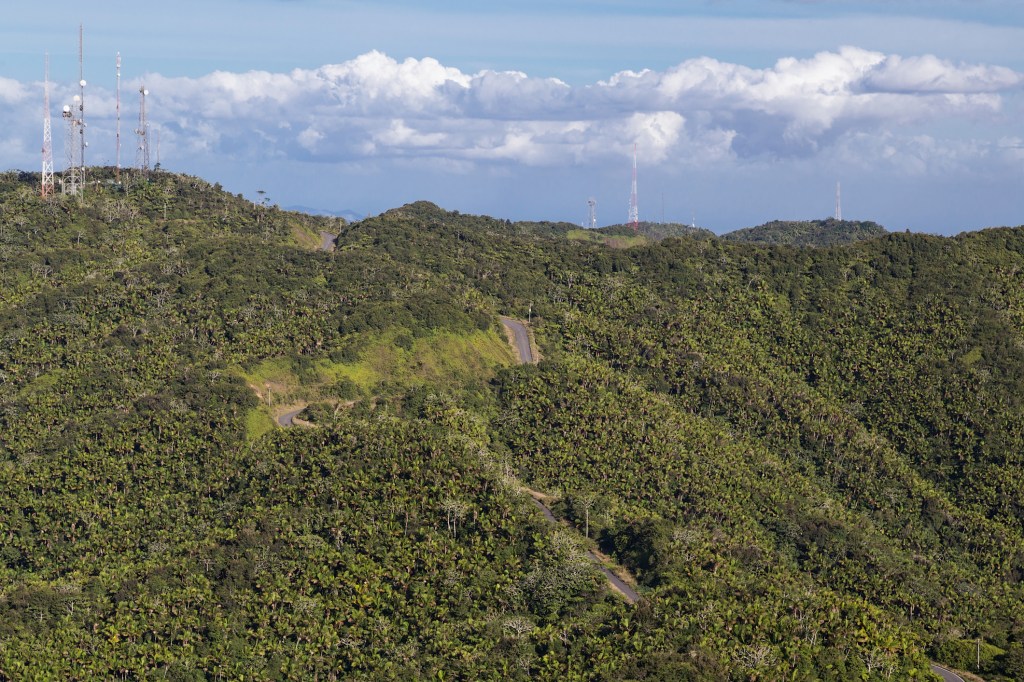
The southern part of the forest features many rugged rock cliffs, jagged peaks, and waterfalls. Much of the forest has been subjected to clearing by the logging industry, but long-term reforestation efforts have helped repair some of the damage.
Around kilometer 21 on PR 143, there is a small, rustic park on Cerro Maravillas where you can take in a stunning panoramic view of Ponce and the Caribbean Sea. There are some picnic shelters here, but they are not regularly maintained so it’s not particularly inviting. This was the site of a notorious incident in 1978 when police officers killed two independentistas suspected of planning to sabotage a television transmission tower on the mountain’s summit.
In Toro Negro you can also see one of the island’s highest waterfalls, Salto de Doña Juana (PR 149, km 41.5). Although it’s not particularly wide, the water propels off the mountaintop with great force from a height of about 100 feet, making it a spectacular sight. You can swim in the pool beneath it, too.
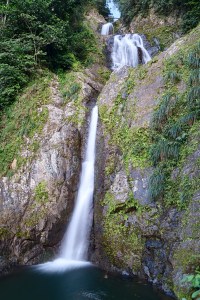
There are 10 trails in the forest, but only a few have reopened since Hurricane Maria. Originating from the Doña Juana Recreation Center (PR 143, km 32.4, 787/724-3724, daily 7:30am-4pm), take the easy 10-minute walk on La Piscina Trail to Charco La Confesora, a small waterfall and natural freshwater pool. Another hike is a challenging, 3-kilometer (2-mi) out-and-back trek to Torre Observación, a lookout tower. A portion of the trail is extremely steep and composed of large rocks that may be slippery with algae.
English-language guided tours ($10 adults, $8 children) of the forest can be arranged in advance by calling 787/210-5618, 787/217- 4321, or 787/612-1598. The guided hikes are moderate in difficulty and run 4-5 hours.
A semi-primitive camping area with six picnic shelters, grills, and running water (but no electricity, and the toilets don’t work) is 550 yards away from the recreation center. Theoretically, advance reservations are required by calling 787/210-1598 or 787/210- 5618, but getting a response is difficult. Some people just set up camp and pay if a ranger comes around. The cost is $4 per adult, $2 per child younger than 12.
Museo del Cemí
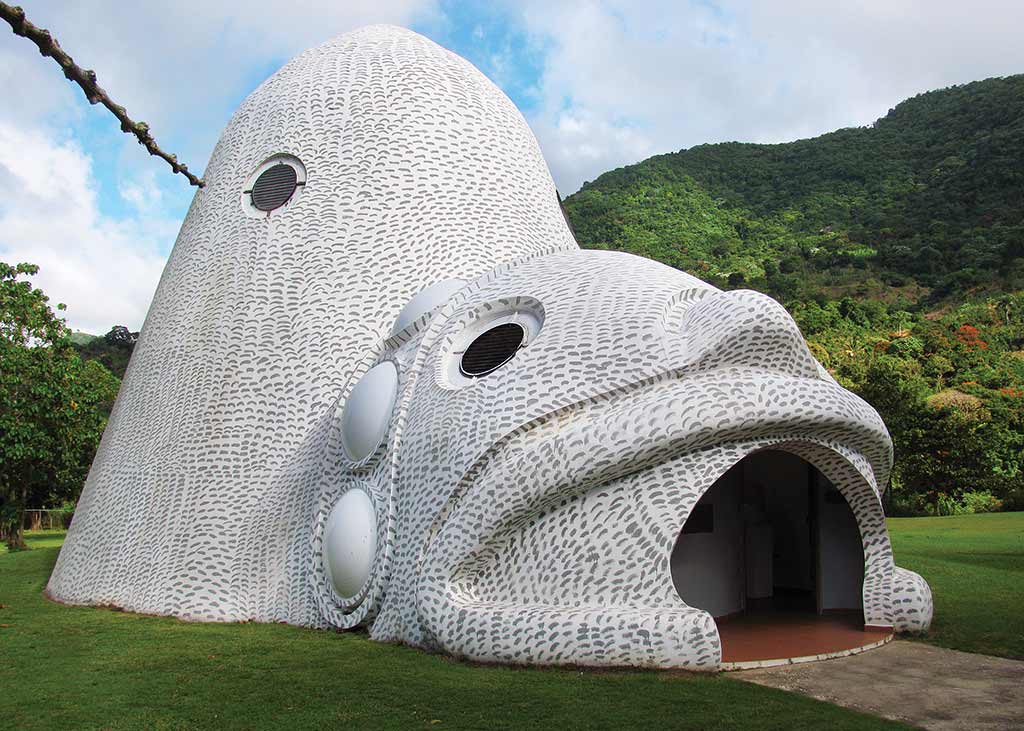
The cemí was an essential element to the Taíno people that held tremendous spiritual significance. Carved from stone, it was a three-pointed artifact with animal characteristics, often of a size to hold in the palm of your hand. Many cemís have been excavated throughout the island, wherever Taíno people lived. They have since come to symbolize the Indigenous culture that once ruled the island.
Built in 1989, Museo del Cemí makes quite a statement for itself as you drive along PR 144—it’s shaped like a massive cemí. Downstairs, the museum features a collection of Taíno artifacts. In addition to cemís, there are necklaces of stone and shells, ritual vomit spatulas, ceremonial maracas, a dogolito (a phallic symbol of power for caciques), and the mysterious stone collar/belt, the purpose of which is unknown. The collection is small but contains some of the most elaborate artifacts found on the island. Upstairs are large images of petroglyphs found in Jayuya, Comerio, Utuado, Naguabo, Luquillo, Corozal, and Río Piedras.
Casa Museo Canales
Next door to Museo del Cemí is Casa Museo Canales, a replica of the home of the celebrated author Nemesio R. Canales (1878- 1923) and his revolutionary sister Blanca Canales (1906-1996). This traditional criolla-style wood-frame structure contains many of the Canales’s furnishings and a room devoted to the nationalist revolt Blanca led against the United States, called the Jayuya Uprising, aka El Grito de Jayuya, in October 1950. One of several revolts orchestrated around the island that day, Blanca Canales’s group attacked the police station, killing one policeman, and burned down the post office. The United States retaliated with infantry troops, mortar fire, and grenades. Blanca was arrested and sentenced to a life sentence plus 60 years. She was pardoned in 1967. Objects on view include revolvers used in the revolt and a card identifying Blanca as a member of the Nationalist Party. Wall text is in Spanish only.
La Piedra Escrita
La Piedra Escrita is one of Puerto Rico’s most revered reminders of the island’s Taíno culture. The enormous granite boulder measures 32 feet high and 13 feet wide and is located smack-dab in the middle of Río Saliente, creating a natural pool where visitors can go for a swim.
But it’s what’s on the boulder that is of interest to historians and archaeologists. On the rock’s surface are 52 petroglyphs that were carved into the rock by members of Indigenous groups sometime between AD 600 and 1200. Some of the symbols clearly depict faces of humans and animals while others are geometric or abstract in shape. Because of the quantity of petroglyphs on the rock, some believe La Piedra Escrita was an important ceremonial site, but its significance is ultimately unknown.
La Piedra Escrita is a popular tourist sight. A long series of wheelchair-accessible switchback ramps descends from the stone escarpment overlooking the river down to the water where visitors can get a close-up look at the rock and go for a dip. It’s a popular picnic spot on weekends.
Hacienda Pomarrosa Coffee Lodge
Hacienda Pomarrosa Coffee Lodge is a working coffee plantation offering a two-hour tour (11am Sat.) that provides instruction on the coffee production process. Two modest B&B-style rooms are available for overnight stays for $125-150, including breakfast.
Save for Later
